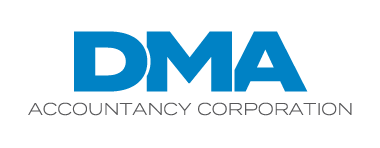Under the Fair Labor Standards Act (FLSA), many salaried employees are exempt from overtime pay. But not all of them. To qualify as exempt, an employee must primarily perform certain executive, administrative or professional duties and be paid an annual salary that’s above a federally mandated threshold amount.
On April 23, the U.S. Department of Labor (DOL) announced a new final rule on the FLSA minimum annual salary threshold that some observers are calling unprecedented. Because the first of two major changes under the new rule is expected to hit in July, employers should prepare now for its impact.
Two stages of change
A major feature of the Biden administration’s final rule is that it raises the FLSA minimum annual salary threshold in two stages:
- On July 1, 2024, the threshold will increase from the current $35,568 annual salary amount to $43,888, and
- On January 1, 2025, the threshold will increase from $43,888 to $58,656.
Note: A separate overtime exemption applies to some highly compensated employees. The threshold for these employees will increase to $132,964 on July 1, 2024, and to $151,164 on January 1, 2025.
According to the DOL, the first of the two updates is calculated under a methodology set forth in 2019 under the Trump administration. The second update is calculated under a new methodology that will be used going forward.
In addition — and critical for employers to note — the FLSA minimum annual salary threshold will be updated every three years beginning on July 1, 2027, by applying updated wage data to the new methodology.
Options to ponder
If your organization has employees earning salaries below the impending thresholds, you’ll need to consider two basic options:
- Leaving things as is and converting the employees to nonexempt status, which means you’d have to pay overtime of at least 1.5 times their regular rates of pay after 40 hours of work in a seven-day workweek, or
- Raising their salaries to put their annual compensation over the threshold.
But therein lies a problem: Do you ponder these choices in light of the July 1 threshold change, only to reevaluate the matter before the second threshold change — and perhaps adjust salaries even further? Or do you set your sights purely on the January 1, 2025, threshold adjustment and plan your strategy based on that?
Bear in mind, you may have to consider related tasks such as calculating overtime pay and training supervisors to handle revised timekeeping policies. And whichever route you take, you’ll need to clearly communicate the changes to employees and, ideally, explain your rationale for making them.
A good first step
As is often the case with the rollout of DOL final rules, legal challenges are expected. But, at least as of this writing, it appears unlikely that the final rule will be struck down quickly, if at all.
For employers, a good first step is determining which of your employees would be affected by the changes. From there, you can estimate the financial impact of additional overtime pay vs. higher salaries based on the distinctive attributes of your organization’s operations. Contact us for help with these calculations.
© 2024


Recent Comments